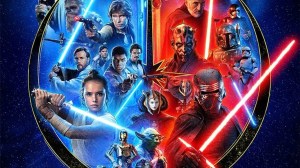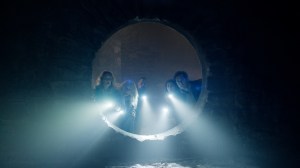Fantasy cinema has always held a significant place in Hollywood history. Blending magic, adventure, and deep emotions, the genre has captivated audiences by serving as a gateway to entire worlds where anything is possible – all it takes is a little belief. With castles, alternate dimensions, and magic, fantasy films have stretched the boundaries of imagination and helped shape the craft of filmmaking itself, whether through innovation in visual effects, box office triumphs, or the creation of stories that stick with people across generations. Many of these movies have also become cultural landmarks, influencing other works, building devoted fan communities, and setting benchmarks.
Videos by ComicBook.com
Given all this, it’s only natural to wonder which productions stand out as the most memorable. Here are seven of the best fantasy movies that have helped define the legacy of cinema.
The Lord of the Rings: The Return of the King

When it comes to fantasy, sagas are inevitable. The Lord of the Rings is a prime example – a classic of the genre that pretty much everyone recognizes. But it’s often the endings of these epic tales that carry the most emotional weight, becoming truly unforgettable. Based on the work of J. R. R. Tolkien, The Lord of the Rings: The Return of the King was directed by Peter Jackson and follows Frodo (Elijah Wood) and Sam (Sean Astin) as they continue their mission to destroy the One Ring at Mount Doom, while the armies of Middle-earth prepare for the final battle against Sauron’s forces.
The film was a massive success, grossing over $1.1 billion worldwide and becoming one of the highest-grossing movies of all-time. It also made history by winning all 11 Academy Awards for which it was nominated, firmly establishing its status as one of fantasy cinema’s greatest achievements and raising the genre to a new level of critical acclaim. This is a production that became a blueprint for later epics like Game of Thrones and The Wheel of Time, proving it’s possible to combine narrative depth, artistic excellence, and mainstream appeal. The Return of the King closes out one of the most ambitious trilogies ever made – and does so with mastery.
[RELATED: The 10 Best Movies to Earn a Billion Dollars at the Box Office]
Pan’s Labyrinth

Guillermo del Toro is one of the most renowned names in the fantasy genre, but it was Pan’s Labyrinth that emerged as a true masterpiece among his works. Blending the darker side of fantasy with sharp social commentary, the story is set in Francoist Spain in 1944 and follows Ofelia (Ivana Baquero), a young girl who, confronted with the cruelty of her stepfather, seeks refuge in a magical world. There, she is guided by a faun (Doug Jones) who believes she is the reincarnation of a lost princess and must complete three tasks to return to her kingdom. The entire narrative weaves reality and fantasy together in a unique and compelling way, immersing the audience in reflections on resistance, sacrifice, and the struggle against oppression.
The movie was a significant success, grossing around $83 million worldwide and receiving a 22-minute standing ovation at the Cannes Film Festival – one of the longest in the event’s history. Critics praised the film, which went on to win three Academy Awards and solidified del Toro’s place as a visionary filmmaker. Besides, the production captured the emotional power of independent cinema with remarkable sensitivity and depth. For years, the story has even been used as a case study in academic settings due to its complexity. Pan’s Labyrinth isn’t just a great fantasy film – it’s a cinematic work of art that transcends the genre.
Harry Potter and the Deathly Hallows: Part 2
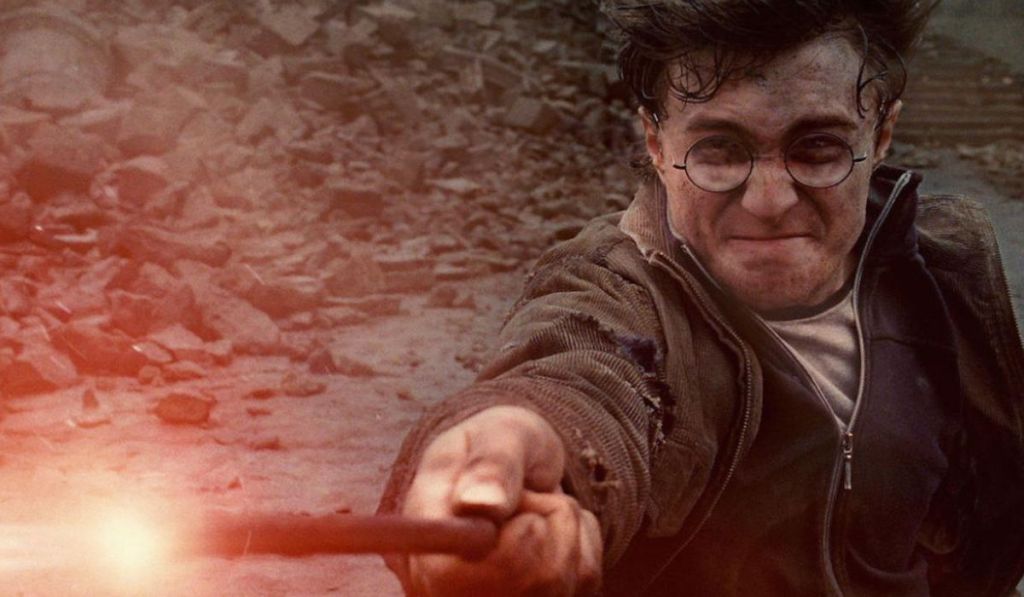
Harry Potter made an undeniable mark on the entertainment industry (which is why it’s getting a reboot), and while fans have their favorite films in the saga, Harry Potter and the Deathly Hallows: Part 2 holds a special place. Directed by David Yates, the film’s conclusion is nothing short of epic and deeply emotional. Unlike its predecessors, it features more intense action scenes, stunning visual effects, and performances that are incredibly emotionally charged, making it a milestone for an entire generation. In the story, Harry (Daniel Radcliffe), Ron (Rupert Grint), and Hermione (Emma Watson) return to Hogwarts to destroy the remaining Horcruxes and face Lord Voldemort (Ralph Fiennes) in a final, decisive battle.
Breaking box office records, Deathly Hallows: Part 2 grossed over $1.4 billion worldwide, making it the highest-grossing film in the franchise. Widely praised by critics, its narrative was a universally satisfying and dignified conclusion, masterfully wrapping up the arcs of beloved characters. It also features one of the most memorable and iconic cinematic moments – Harry and Voldemort facing off. Like all the films in the series, it has left an indelible legacy in pop culture and continues to be fondly remembered by movie fans everywhere.
Spirited Away

Spirited Away is a masterpiece of Japanese animation that goes beyond cultural and age boundaries. The film was so extraordinarily successful that it held the title of the highest-grossing Japanese film in history for 19 years. Directed by Hayao Miyazaki, the story follows Chihiro, a 10-year-old girl who, after moving to a new city, stumbles upon a magical world inhabited by gods and spirits. When her parents are transformed into pigs for eating food meant for the spirits, Chihiro is forced to work in a bathhouse run by the witch Yubaba in order to find a way to free them.
Much like Pan’s Labyrinth, Spirited Away is not just a fantastical tale, but a profound exploration of themes such as identity, greed, loss, and resilience, all layered with rich symbolism. The film also subverts traditional narrative conventions by offering a complex, multi-dimensional female protagonist and forgoing the classic “villain” figure typically found in a hero’s journey. The world-building is another standout feature, with its intricate and immersive details creating a fully realized fantasy universe. Its influence is undeniable, with its success paving the way for later Disney and Pixar movies like Frozen and Coco, which drew from its innovative storytelling and animation techniques.
Star Wars: Episode V – The Empire Strikes Back

Although Star Wars is often described as sci-fi, George Lucas himself has always emphasized that its scope is much broader. Star Wars: Episode V – The Empire Strikes Back is not only considered the pinnacle of the franchise, but also one of the greatest movies in cinema history. Directed by Irvin Kershner, the plot picks up after A New Hope, following the Rebel Alliance as they are pursued by the Empire following a devastating attack on the ice planet Hoth. While Han Solo (Harrison Ford), Leia (Carrie Fisher), and Chewbacca (Peter Mayhew) try to escape the imperial forces, Luke Skywalker (Mark Hamill) journeys to the planet Dagobah to seek Jedi Master Yoda and begin his training to face Darth Vader (David Prowse).
The film topped the box office in 1980, becoming the highest-grossing release of the year. Although it received mixed reviews initially, The Empire Strikes Back gained recognition over time and is now widely regarded as the most acclaimed installment in the Star Wars saga. Frequently listed among the greatest films of all time, it won two Oscars and deepened the emotional arcs of its characters, blending a more mature direction with a darker tone. It is also in this movie that Vader’s iconic revelation to Luke occurs – a moment that has become one of the most impactful and memorable in history. To further cement its legacy, it was also selected for preservation in the United States National Film Registry for its cultural, historical, and aesthetic significance.
The Wizard of Oz
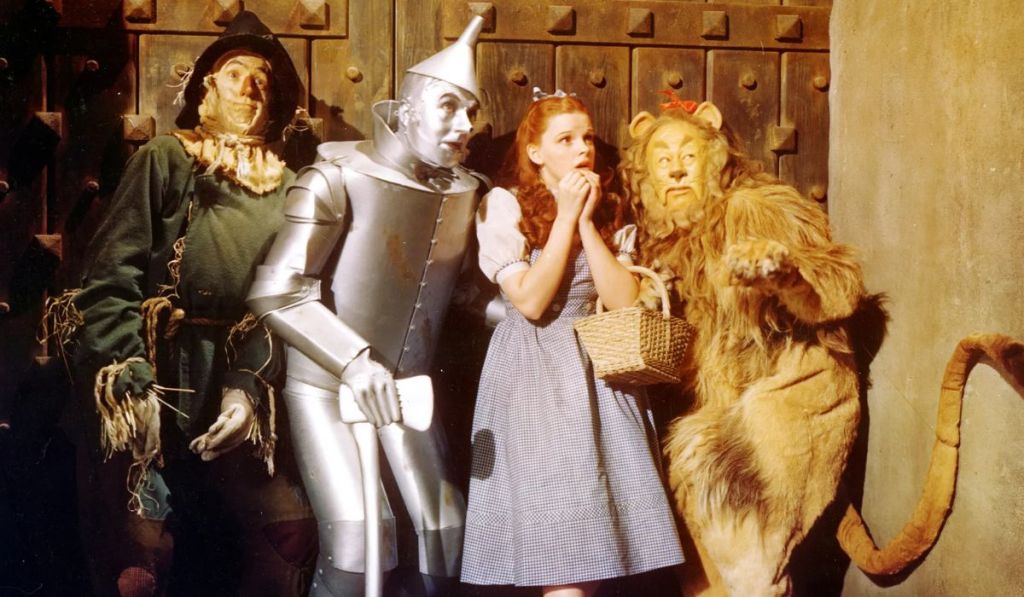
One of the pillars of fantasy cinema, The Wizard of Oz is the perfect example of a film that continues to hold immense cultural relevance. Directed by Victor Fleming, it has become a phenomenon over the years, often considered the most-watched film in television history thanks to numerous re-releases and broadcasts. Based on L. Frank Baum’s book, the story follows Dorothy (Judy Garland), a young girl from Kansas who, after being swept away by a tornado, finds herself in the magical Land of Oz. There, she embarks on a journey to return home, joined by a Scarecrow (Ray Bolger), a Tin Man (Jack Haley), and a Cowardly Lion (Bert Lahr).
The Wizard of Oz has left a massive legacy, influencing a broad range of pop culture, from music to fashion. Dorothy’s iconic ruby slippers, for instance, have become one of the most valuable movie props in history. The unforgettable song “Over the Rainbow” has become a timeless anthem, forever associated with the film. The characters remain universal symbols, while the story is a pioneering example of the Hero’s Journey framework. Beyond that, it even inspired a new popular sensation – Wicked.
Willy Wonka & the Chocolate Factory
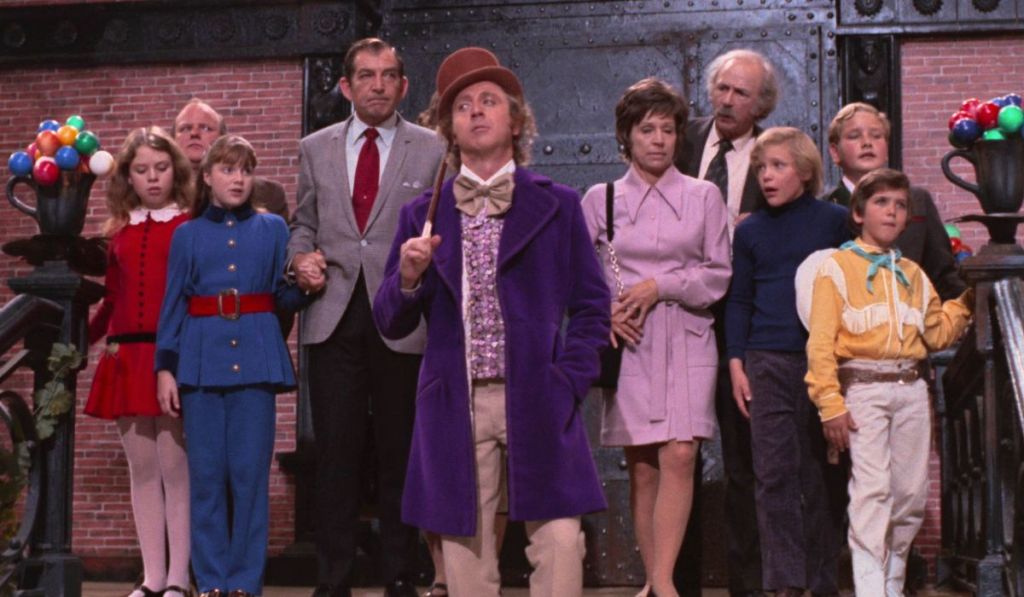
A generation may have been enchanted by Johnny Depp’s and Timothée Chalamet’s portrayals of Willy Wonka, but the truth is that cinema was graced with the first adaptation of Roald Dahl’s character in the 1970s. Willy Wonka & the Chocolate Factory, directed by Mel Stuart, has since become a cult classic. The film tells the story of Charlie Bucket (Peter Ostrum), a humble boy who wins one of the coveted “Golden Tickets,” granting him the opportunity to visit the magical and mysterious chocolate factory of Willy Wonka (Gene Wilder), along with four other children. During the visit, each child faces challenges that reveal their character flaws, while Charlie demonstrates humility and integrity.
Although Willy Wonka & the Chocolate Factory received positive reviews, it wasn’t an immediate commercial success. However, it’s the type of film that has only grown in value over time, being appreciated in the right way as the years have passed. In 2014, it was selected for preservation in the US Library of Congress’ National Film Registry due to its cultural, historical, and aesthetic significance. Today, it remains a landmark in visual innovation and surrealism. It has also cemented its place as a pop culture reference, continuing to inspire audiences and artists alike.




